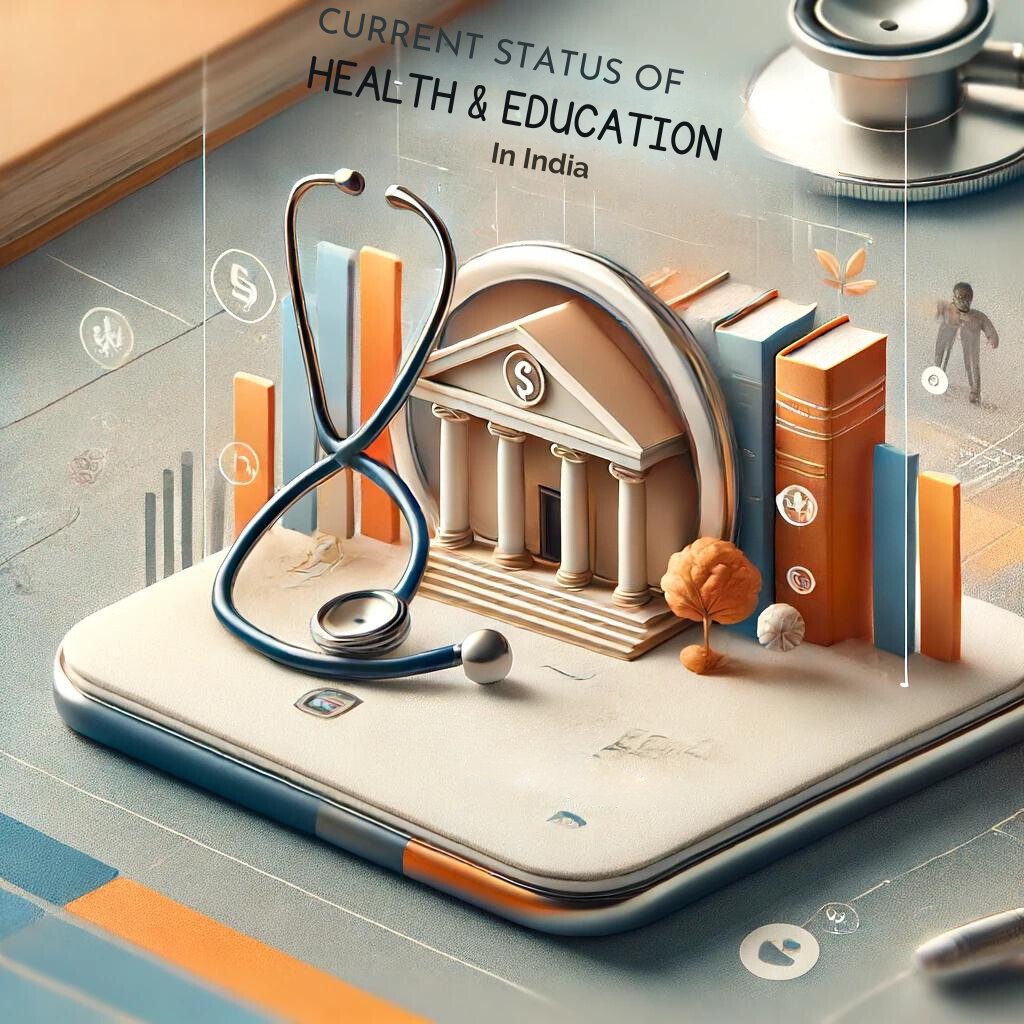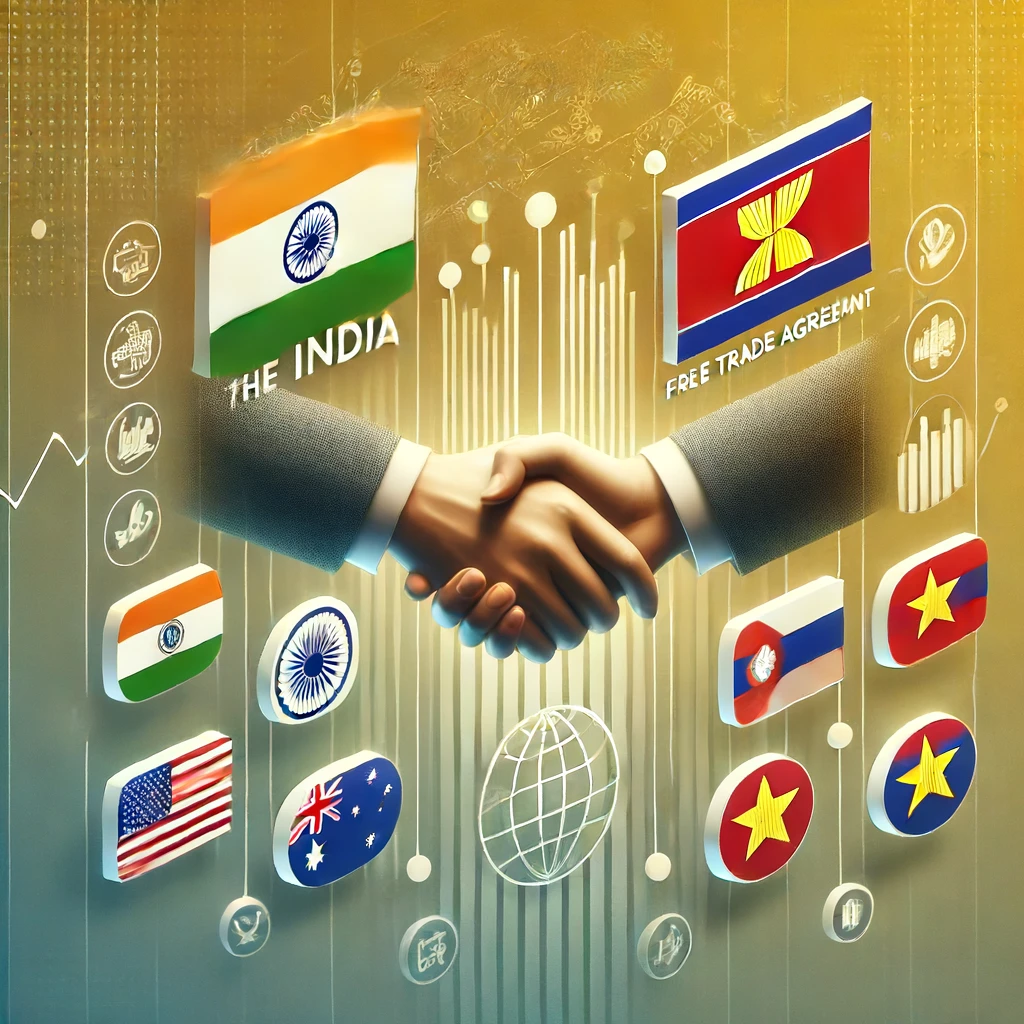Historical Context
Ancient Ties and Early Exchanges
India and China share a long history of cultural and economic exchanges dating back over 2,000 years. The ancient Silk Road facilitated trade and the exchange of ideas, including Buddhism, which spread from India to China.
Colonial Era
During the colonial period, both India and China experienced significant upheaval. British colonial rule in India and the opium wars in China strained their traditional ties, and they had limited direct interaction.
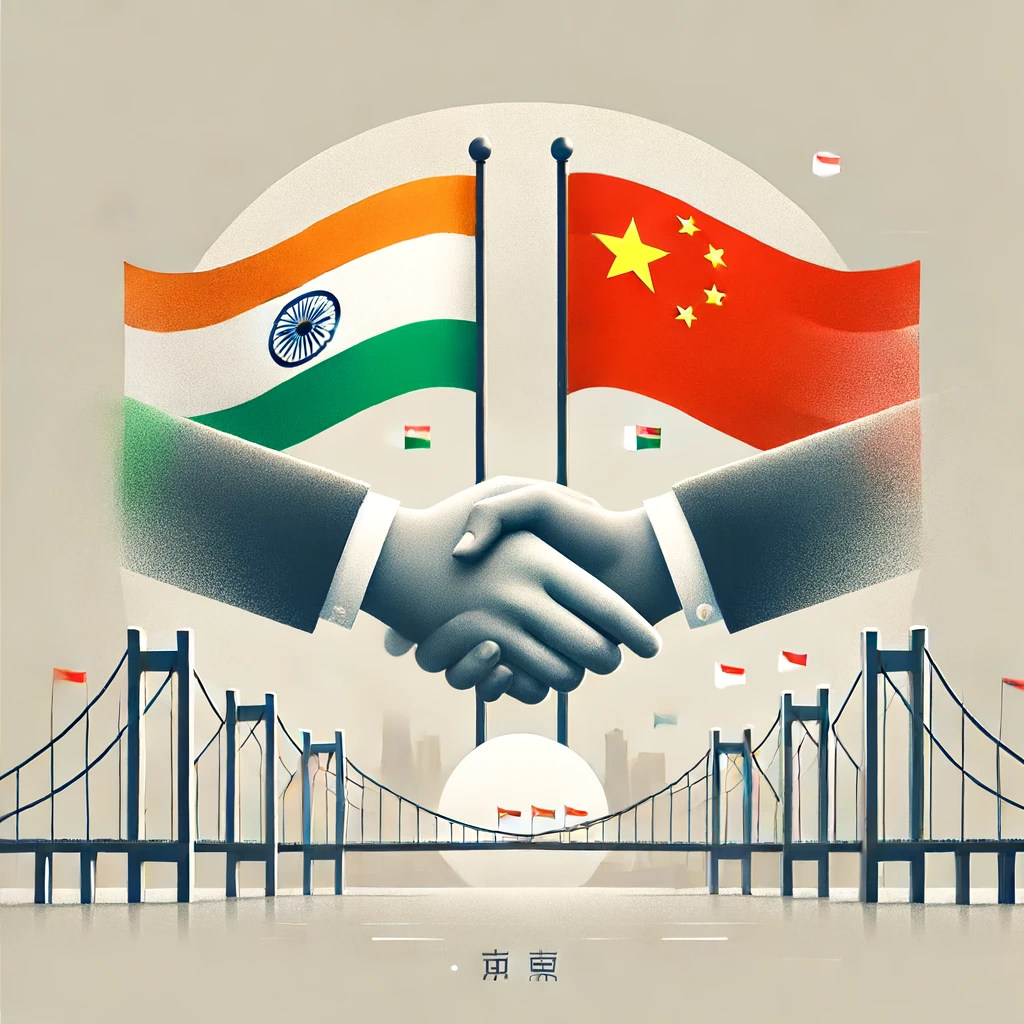
Post-Independence Relations
After gaining independence in 1947, India recognized the People’s Republic of China in 1950, becoming one of the first non-communist countries to do so. However, the honeymoon period was short-lived. The 1954 Panchsheel Agreement, which aimed at mutual respect for territorial integrity and non-aggression, was a notable attempt to foster good relations.
Sino-Indian War of 1962
Tensions over the border escalated into a full-scale war in 1962. The conflict arose from a disputed Himalayan border and resulted in a decisive Chinese victory, severely straining bilateral relations.
Post-1962 Developments
For decades after the war, India-China relations remained frosty. Diplomatic ties were restored in 1976, and both countries have since engaged in a series of negotiations to resolve border disputes and improve bilateral ties.
Economic Engagements
Trade Relations
Economic ties between India and China have grown significantly over the past few decades. Bilateral trade increased from less than $3 billion in 2000 to over $100 billion in 2019, making China India’s largest trading partner.
- Exports and Imports: India mainly exports raw materials like cotton and iron ore to China, while importing electronics, machinery, and chemicals.
- Trade Deficit: India has a significant trade deficit with China, which has been a point of contention. In 2019, the trade deficit stood at around $53 billion.
Investments
Chinese investments in India span various sectors, including technology, infrastructure, and manufacturing. Major Chinese tech firms, like Alibaba and Tencent, have invested in Indian startups, contributing to the growth of India’s digital economy.
Economic Interdependence
Despite political tensions, economic interdependence has created a complex relationship. Both countries benefit from trade and investment ties, though there are ongoing efforts in India to reduce reliance on Chinese imports, especially after the border clashes in 2020.
Border Disputes
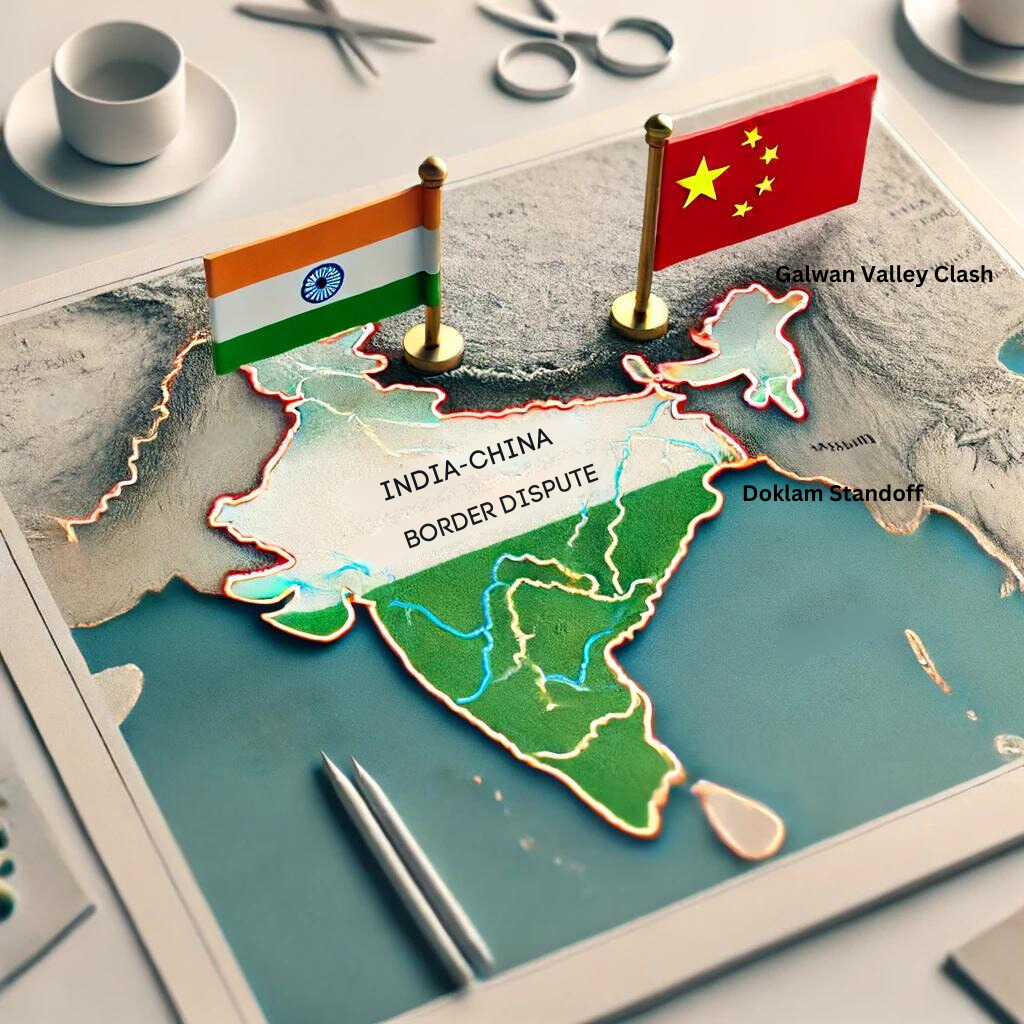
Aksai Chin and Arunachal Pradesh
The primary border disputes between India and China are centered around Aksai Chin, administered by China but claimed by India, and Arunachal Pradesh, administered by India but claimed by China.
Doklam Standoff (2017)
The Doklam standoff was a 73-day military confrontation between India and China near the tri-junction border with Bhutan. It ended through diplomatic negotiations but highlighted the fragile nature of border peace.
Galwan Valley Clash (2020)
In June 2020, a violent clash in the Galwan Valley resulted in casualties on both sides, marking the first deadly encounter between the two countries in 45 years. This incident led to heightened tensions and a military buildup along the Line of Actual Control (LAC).
Recent Developments
Since the Galwan clash, multiple rounds of military and diplomatic talks have been held to de-escalate tensions. Both countries have agreed on phased disengagement in certain areas, but a complete resolution remains elusive.
Multilateral Platforms
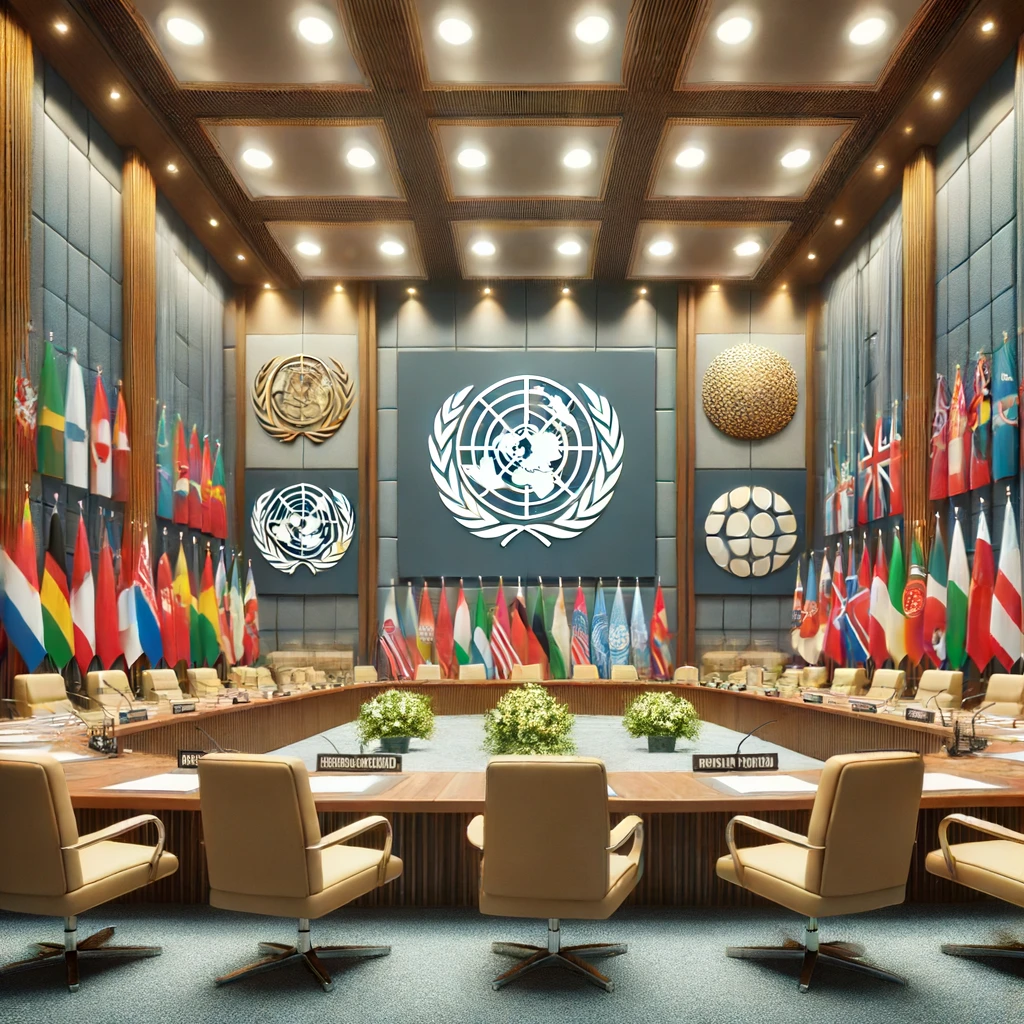
BRICS
India and China are both members of BRICS, a group of emerging economies including Brazil, Russia, and South Africa. While they collaborate on economic issues, their differing geopolitical interests often lead to competition within the group.
Shanghai Cooperation Organization (SCO)
Both countries are also part of the SCO, which focuses on political, economic, and security-related cooperation. The platform provides an avenue for dialogue, though it has not significantly alleviated bilateral tensions.
United Nations
At the United Nations, India and China often find themselves on opposing sides of issues. China’s stance on India’s bid for a permanent seat on the UN Security Council and its position on Pakistan-related matters have been points of friction.
Strategic Concerns
China’s Belt and Road Initiative (BRI)
India has expressed concerns over China’s Belt and Road Initiative, particularly projects in Pakistan-occupied Kashmir. India views the BRI as a strategic move to increase Chinese influence in South Asia and the Indian Ocean region.
String of Pearls
China’s strategy of establishing a network of military and commercial facilities in countries surrounding India, known as the “String of Pearls,” is seen as a threat to India’s regional dominance and security.
Indo-Pacific Strategy
In response to China’s growing influence, India has strengthened its strategic partnerships with countries like the United States, Japan, and Australia. The Quad (Quadrilateral Security Dialogue) is a significant part of this strategy, aimed at ensuring a free and open Indo-Pacific region.
Future Prospects
The future of India-China relations hinges on several factors:
- Border Resolution: Achieving a lasting solution to border disputes is crucial for lasting peace.
- Economic Balance: Addressing the trade deficit and fostering balanced economic ties could mitigate some tensions.
- Geopolitical Dynamics: Both countries will continue to navigate their strategic interests, with the potential for both cooperation and competition in the global arena.
Conclusion
In conclusion, India-China relations are marked by a complex interplay of historical conflicts, economic interdependence, strategic rivalries, and efforts at diplomatic engagement. The path forward will require careful balancing of these elements to ensure regional stability and mutual growth.

